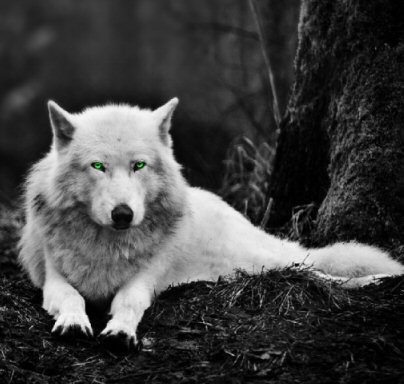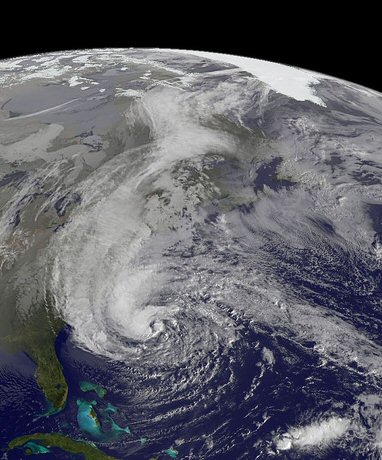
Photograph by Mukul Soman
National Geographic
on Springwolf Reflections
The Celtic New Year
It’s the start of the Celtic New Year and honors the year that has passed. It is the time when the veil of forgetfulness is lifted between the physical world and the spiritual world. Where the dead are honored and communication with spirit can take place more than any other time of the year.
An article by the Library of Congress states:
Pagans divided the year by four major holidays. According to their calendar, the year began on a day corresponding to November 1st on our present calendar. The date marked the beginning of winter. Since they were pastoral people, it was a time when cattle and sheep had to be moved to closer pastures and all livestock had to be secured for the winter months. Crops were harvested and stored. The date marked both an ending and a beginning in an eternal cycle.
With the coming of Christianity in the 800s AD, the early Church in England tried to Christianize the old Celtic festivals. Pope Boniface IV designated the 1st of November as “All Saints Day,” honoring saints and martyrs. He also decreed October 31 as “All Hallows Eve”, that eventually became Hallow’een.
Scholars today widely accept that the Pope was attempting to replace the earlier Celtic pagan festival with a church-sanctioned holiday. As this Christian holiday spread, the name evolved as well. Also called All-hallows Eve or All-hallowmas (from Middle English Alholowmesse meaning All Saints’ Day).
Visit Springwolf Reflections and learn more about the History of Samhain, a widely celebrated Holiday. Whither you follow the traditions of Samhain or the non-secular celebrations of Halloween; we hope you have a fun and safe night!

© 2012 Evilwordsmith.com. All Rights Reserved. Springwolf D.D., Ph.D.









